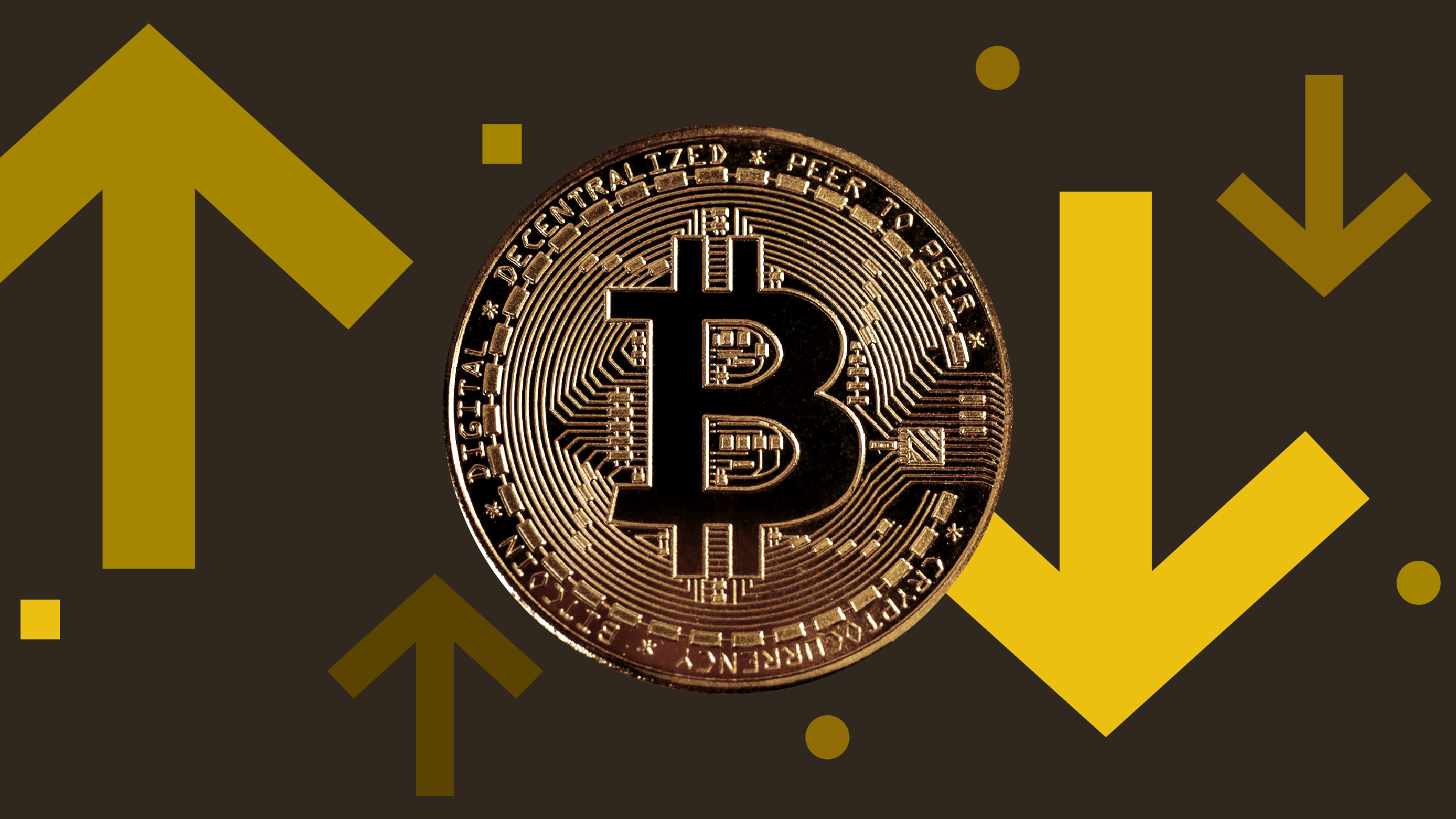A Bitcoin futures contract is a financial agreement that allows buyers and sellers to trade Bitcoin at a predetermined price on a specified future date. This mechanism is commonly used for risk management (hedging) and speculation on price movements. Understanding how these contracts work is crucial for investors looking to leverage Bitcoin’s volatility while managing financial risk.
How Bitcoin Futures Contracts Work
Bitcoin futures contracts operate similarly to traditional futures contracts for commodities like oil or wheat. These agreements enable traders to lock in a Bitcoin price today for a transaction that will take place at a later date. This is beneficial for both hedgers, who aim to mitigate risk, and speculators, who seek profit opportunities.
Example of a Bitcoin Futures Contract
Imagine a Bitcoin miner expects to mine 10 BTC in three months. Concerned about a potential price drop, the miner enters a futures contract to sell 10 BTC at $90,000 per BTC in three months. This ensures a fixed revenue of $900,000, regardless of Bitcoin’s market price at that time. On the other hand, a trader who believes Bitcoin’s price will increase agrees to buy 10 BTC at $90,000 per BTC in three months.
Scenario 1: Bitcoin’s Price Rises Above $90,000
If Bitcoin’s price rises to $95,000 in three months, the buyer benefits:
- Physical settlement: The buyer could take delivery of 10 BTC at $90,000 and immediately sell at $95,000, making a $50,000 profit.
- Cash settlement: The buyer receives a cash payment equal to the $50,000 profit instead of actual Bitcoin.
- Closing out the position: The buyer sells an offsetting futures contract at the new market price, locking in the $50,000 gain.
Scenario 2: Bitcoin’s Price Drops Below $90,000
If Bitcoin’s price falls to $85,000 in three months:
- The miner secures a higher-than-market price at $90,000, avoiding a $50,000 loss.
- The buyer incurs a $50,000 loss but can limit damage by selling an offsetting contract at the lower price.
Avoiding Contract Fulfillment
Unlike options trading, futures contracts do not offer an expiration opt-out. However, traders can exit before the expiration date by executing an offsetting trade:
- Buyers sell an equivalent futures contract.
- Sellers buy an equivalent futures contract.
This method cancels out their obligations, with profit or loss determined by the price difference between the original and offsetting contract.
Bitcoin Futures ETF: A New Investment Avenue
A Bitcoin futures ETF (Exchange-Traded Fund) is a regulated investment fund that invests in Bitcoin futures contracts rather than directly holding Bitcoin. This enables investors to gain exposure to Bitcoin price movements without managing cryptocurrency directly.
How Bitcoin Futures ETFs Work
A Bitcoin futures ETF tracks Bitcoin’s price by purchasing Bitcoin futures contracts. As futures contracts approach expiration, the ETF manager replaces them with new contracts, a process called rolling contracts. This strategy affects the ETF’s performance based on market conditions.
Example of Bitcoin Futures ETF in Action
- A Bitcoin futures ETF is created to track Bitcoin’s price.
- Instead of holding Bitcoin, the ETF manager buys futures contracts expiring in April at $95,000 per BTC.
- If Bitcoin’s price rises to $100,000, the contract increases in value, boosting the ETF’s share price.
- If Bitcoin’s price drops to $90,000, the contract loses value, causing the ETF’s share price to decline.
Bitcoin Futures Contracts vs. Bitcoin Futures ETFs
| Feature | Bitcoin Futures Contracts | Bitcoin Futures ETFs |
|---|---|---|
| Ownership | Direct contract holding | ETF shares tracking futures |
| Settlement Type | Physical or cash-settled | Cash-settled only |
| Investor Access | Requires futures trading account | Traded like regular ETFs |
| Management | Self-managed trades | ETF manager rolls contracts |
Key Considerations Before Investing
- Volatility: Bitcoin prices can swing significantly, affecting ETF values.
- Tracking Error: Bitcoin futures ETFs may not perfectly match Bitcoin’s spot price due to rolling costs.
- Expense Ratios: ETFs charge management fees, impacting returns over time.
- Market Conditions: Futures contracts are affected by contango (future prices higher than spot prices) and backwardation (future prices lower than spot prices).
Also Read: Stellar (XLM) Explained: The Blockchain Revolutionizing Global Payments & Finance
Investing in a Bitcoin Futures ETF
Steps to Invest
- Open a brokerage account – Choose a platform offering ETFs.
- Fund your account – Deposit money for investment.
- Select a Bitcoin futures ETF – Search using a ticker symbol (e.g., BITO for ProShares Bitcoin Strategy ETF).
- Place your order – Buy ETF shares as you would with traditional stocks.
Advantages of Bitcoin Futures ETFs
- Easier access: No need to buy, store, or manage Bitcoin.
- Regulated investment: Provides security and transparency.
- Liquidity: Buy and sell ETF shares like any other stock.
- Familiarity: Works like traditional ETFs, making it accessible to conventional investors.
Potential Risks
- Tracking error – Performance may differ from Bitcoin’s actual price.
- Contango & backwardation – Futures market conditions impact returns.
- Volatility – Bitcoin’s price fluctuations affect ETF value.
- Fees – Management costs reduce overall profitability.
Conclusion
Bitcoin futures contracts and Bitcoin futures ETFs offer different approaches for investors looking to gain exposure to Bitcoin’s price movements. While futures contracts provide direct trading opportunities, Bitcoin futures ETFs offer a simplified and regulated way to invest in Bitcoin without dealing with storage or security issues. However, investors should carefully evaluate risks, costs, and market conditions before engaging in these financial instruments.

